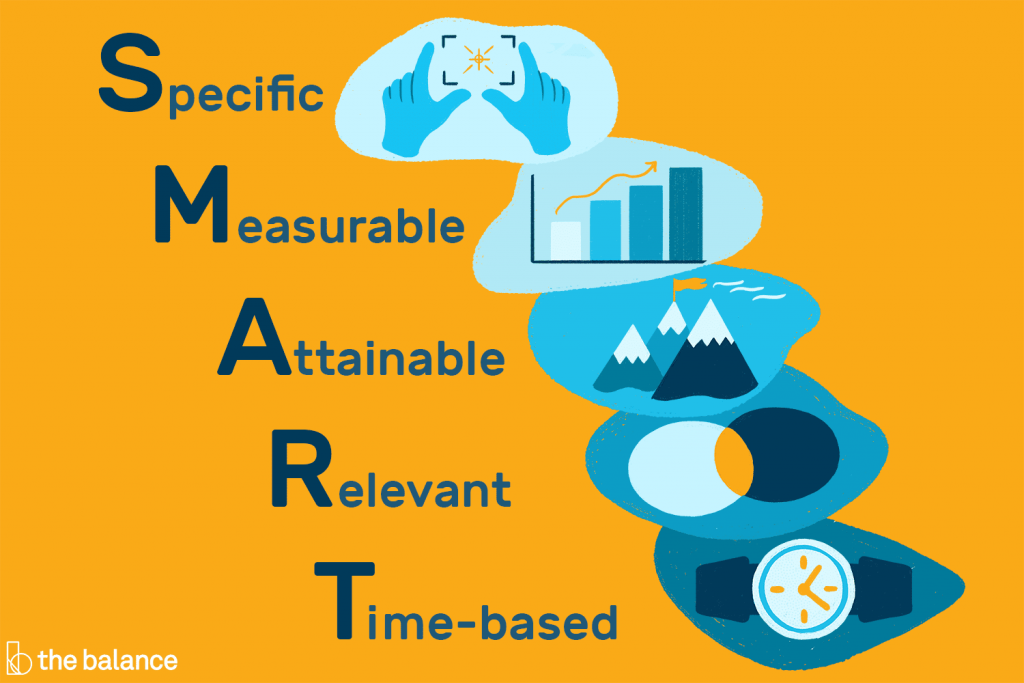

Complete the Assignment: Personal Finance by Rachel Siegel and Carol Yacht (2009); Page 23. Exercise 2. See below: “Use the S.M.A.R.T. planning model and information in this section to evaluate Alice’s goals (below). a. pay off student loan b. buy a house and save for children’s education c. accumulate assets d. retire e. travel around the world in a sailboat. Discuss your evaluations” (p.23).
In this paper, we will talk about Alice – a girl with lots of financial plans for her future. These plans include paying off a student loan, buying a house and saving for children’s education, accumulating assets, retiring, and traveling around the world in a sailboat (Personal Finance, 2009). For checking how good her goals are, we will use a popular S.M.A.R.T. model which claims that the really useful goals are Specific, Measurable, Achievable, Realistic, and Timely.
In our textbook and from this week’s reading assignment, we could learn about Alice’s current situation, goals, and other background information. Let’s challenge them against the S.M.A.R.T. tool.
First, goals should be clear and specific. There are five “W” questions that can help you achieve this: what resources or limits are involved? Where is it located? Who is involved? Why is this goal important? What do I want to accomplish? (MindTools, n.d.). Alice outlined several specific short-term and long-term goals, and after assessing the situation she even counted the exact numbers of her assets, debts, and how exactly her surplus is going to increase.
Second, goals should be measurable to be able to assess your progress toward them. There are three “H” questions that can help you to check whether your goal is measurable or not: how much? How many? How will I know when it is accomplished? (MindTools, n.d.). We can measure Alice’s goals by monitoring her balances. For example, she has a student loan balance, a savings account, and some debts. She’ll be going in the right direction if her debt is going down, while the saving account is increasing at a rate.
Good goals must be realistic and achievable. To make sure, that your goal is achievable, you can ask yourself how you can accomplish this goal, and how realistic it is, based on other constraints (MindTools, n.d.). Yes, Alice’s goals are achievable. However, as soon as she is not going to have much money left at the end of this year, it is hard to say, how much time she will need to attain them. It might happen, that the first parts of her plans will take too long, and she will end up rushing and re-evaluating some of her goals.
Good goals are also realistic. To make sure, that your goal is realistic, you can ask yourself the following questions: is the goal within reach? Is it reachable, given the resources and time? Are you able to achieve the goal? (MindTools, n.d.). At the first sight, all of Alice’s goals look reasonable and realistic. However, as I have mentioned above, she is not going to have much money left at the end of the year. In fact, she will start with $400 only, and if she doesn’t set a reasonable timeframe for her long-term goals, they will not be quite realistic. In our textbook, we read that Alice knows about this issue and tries to increase her income. To judge, how realistic it is for her to buy a home and plan a family we need to know the income (or loss) from her gambling in Vegas or getting a second job.
Finally, good goals are timely (or time-bound), and they have a date for their start and finish. To make sure, that your goal is timely, you can ask yourself whether your goal has a deadline, and by when you want to achieve it (MindTools, n.d.). As soon as there are short-term, intermediate, and long-term goals, Alice has made her goals timely. While moving through her plans, she will be able to assess her goals (and reassess them, when needed).
We can clearly see that Alice’s goals are S.M.A.R.T. However, life is an ongoing process, and she will definitely need to re-assess some of her goals and set more realistic deadlines or think about raising her starting money as soon as possible.
Word count: 642.
References
Siegal R., Yacht C. (2009). Personal Finance. Saylor Foundation, retrieved from https://my.uopeople.edu/pluginfile.php/1566613/mod_folder/content/0/68053-piy-ch01-01.pdf_161160.pdf?forcedownload=1
MindTools. (n.d.). SMART Goals. How to make your goals achievable. Retrieved from https://www.mindtools.com/pages/article/smart-goals.htm
